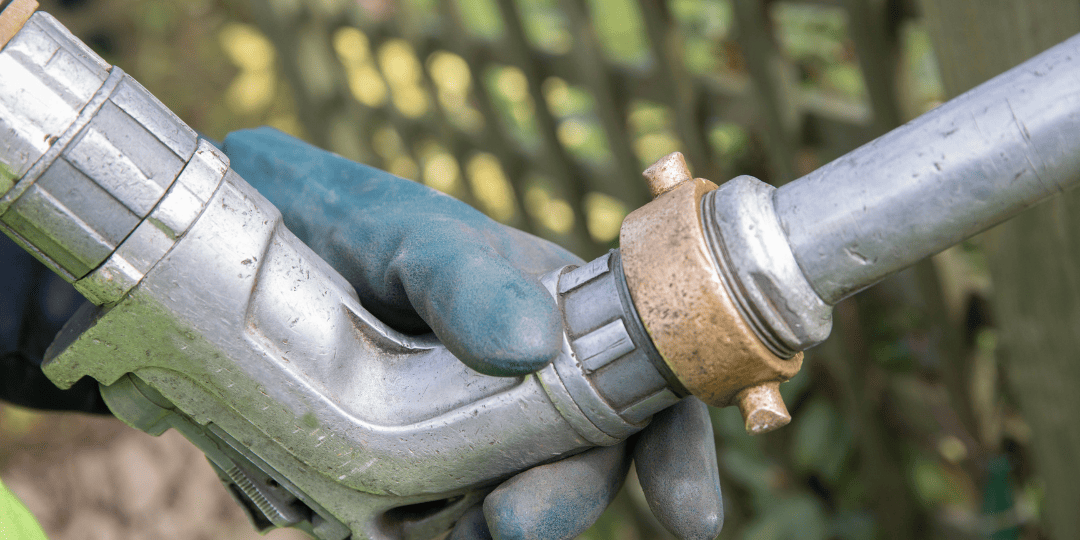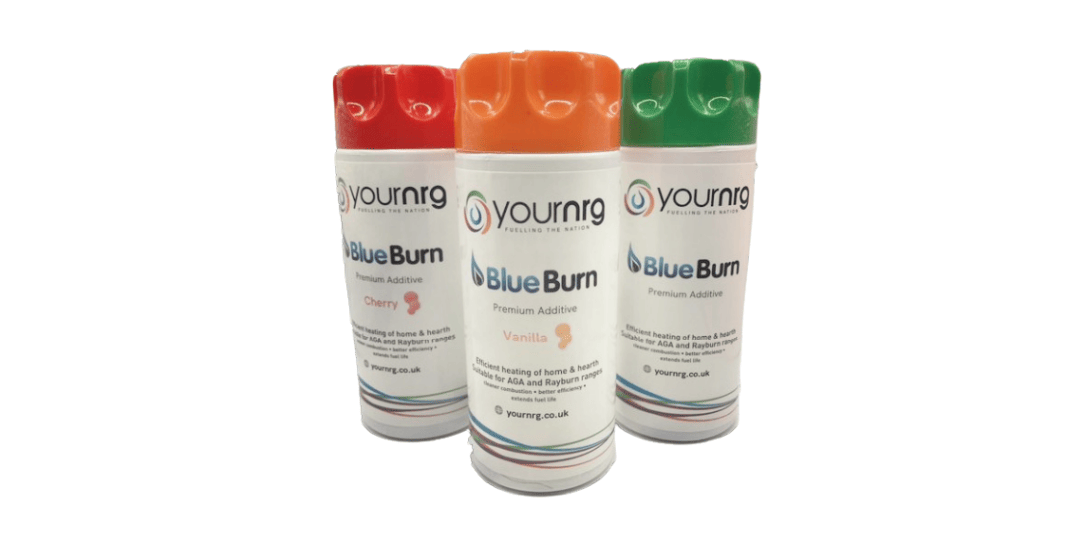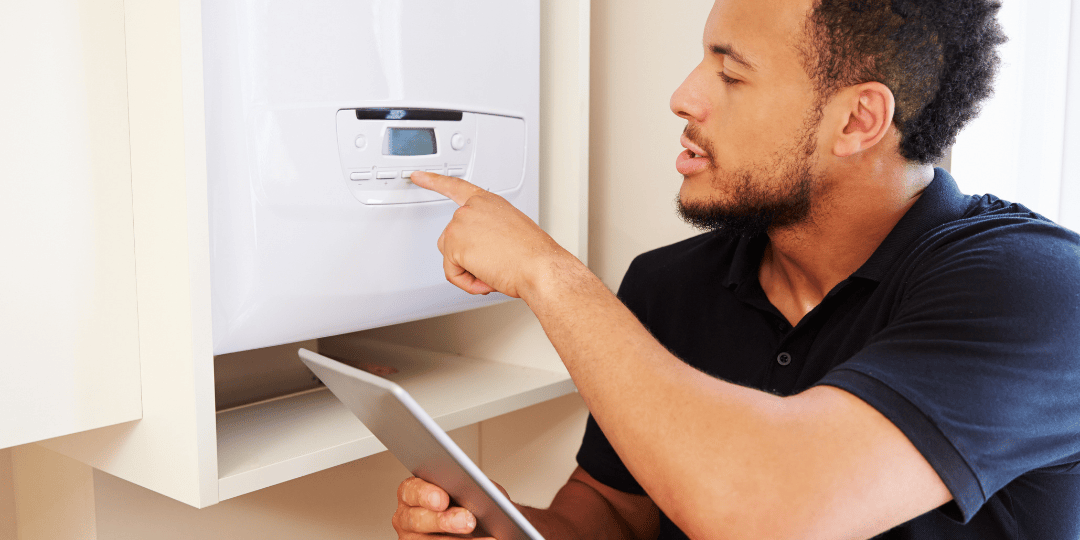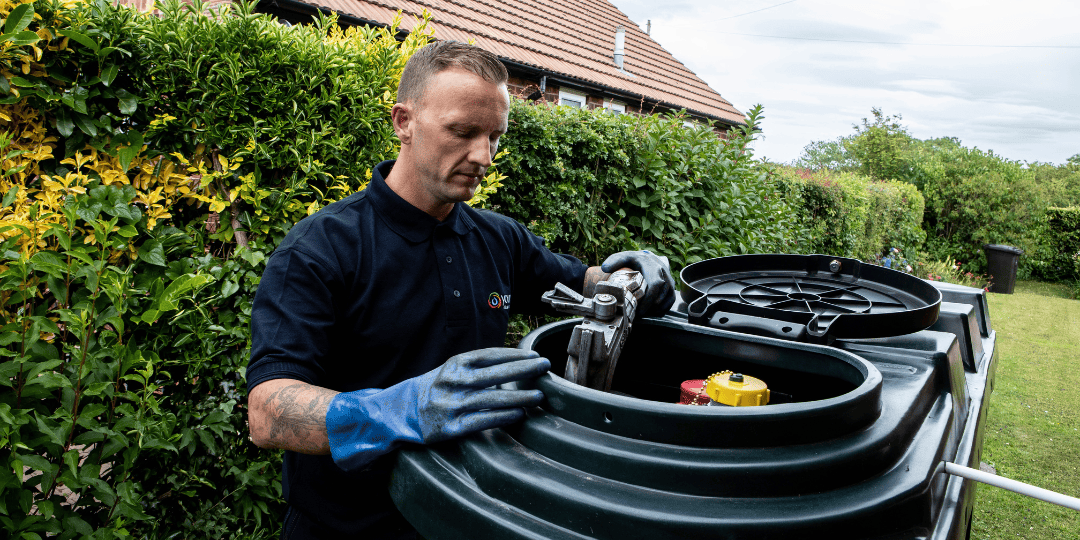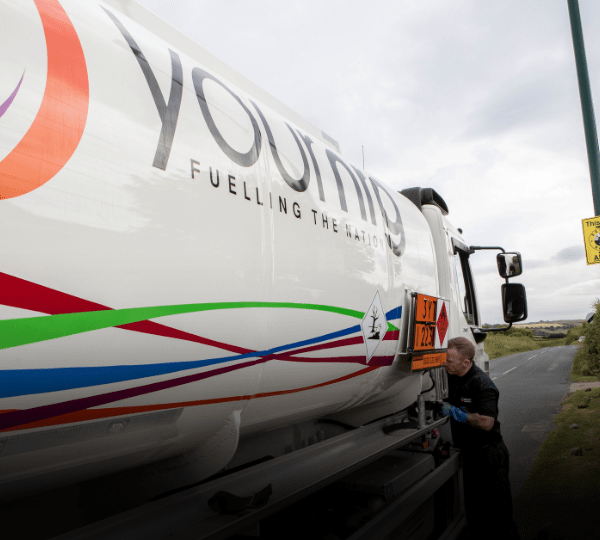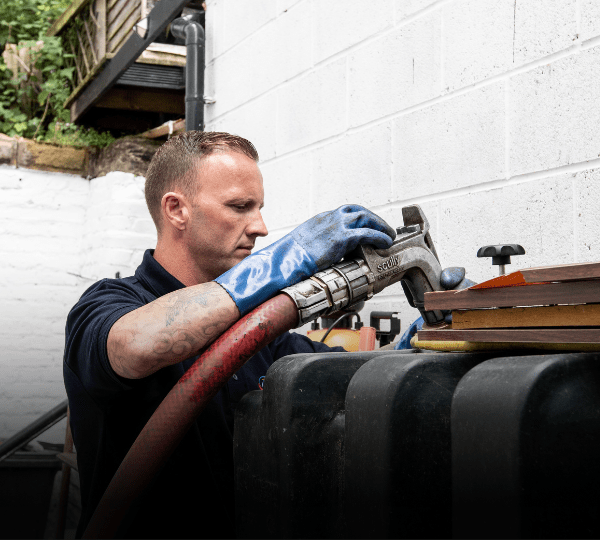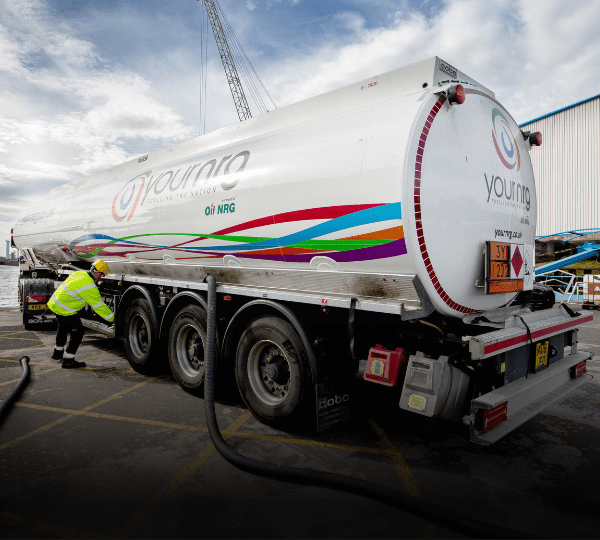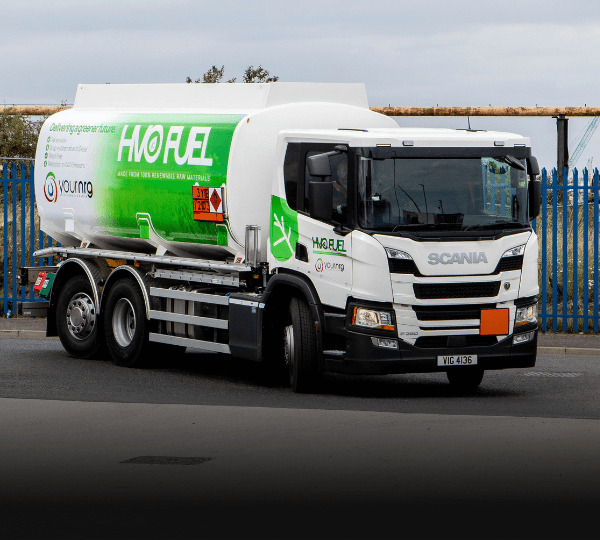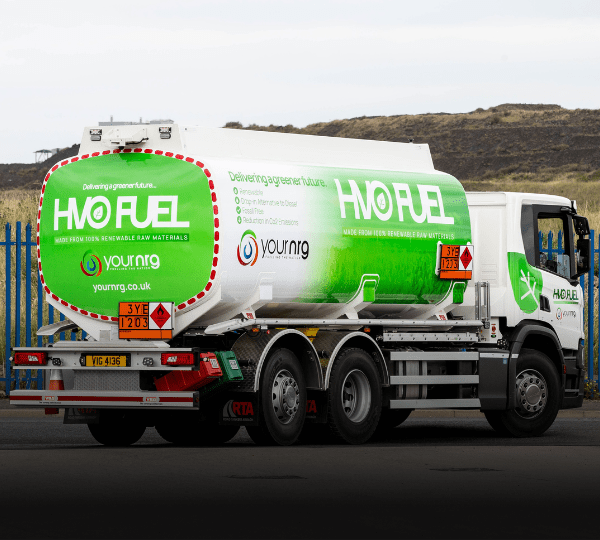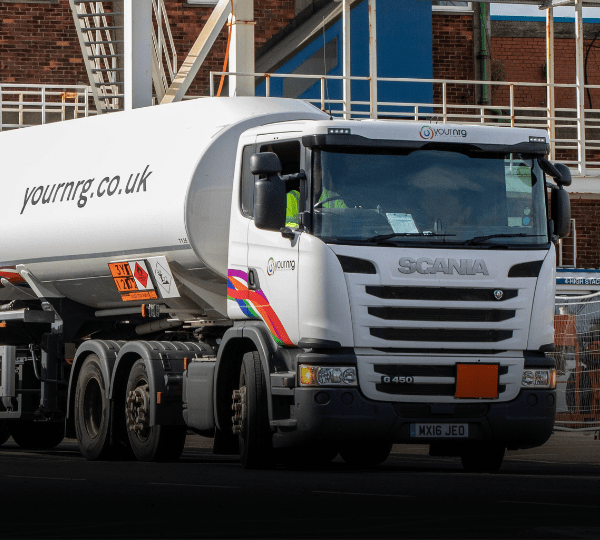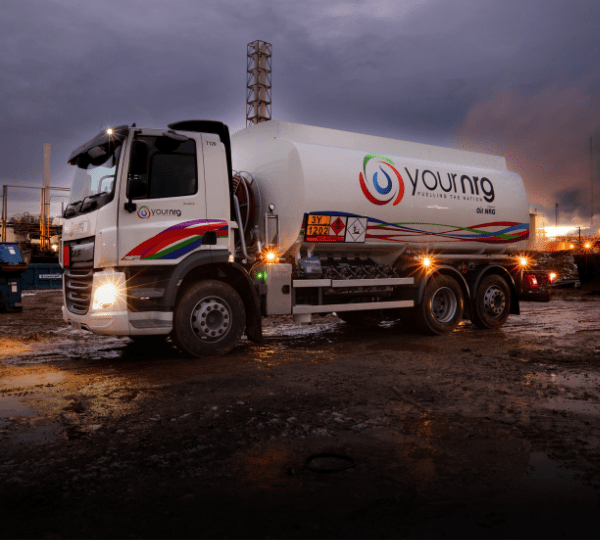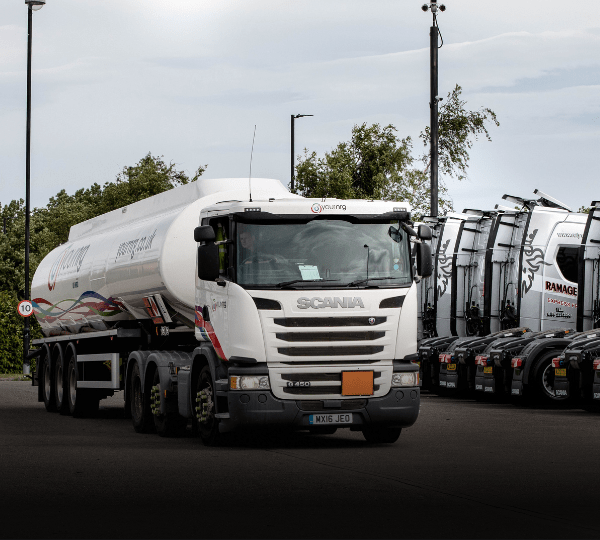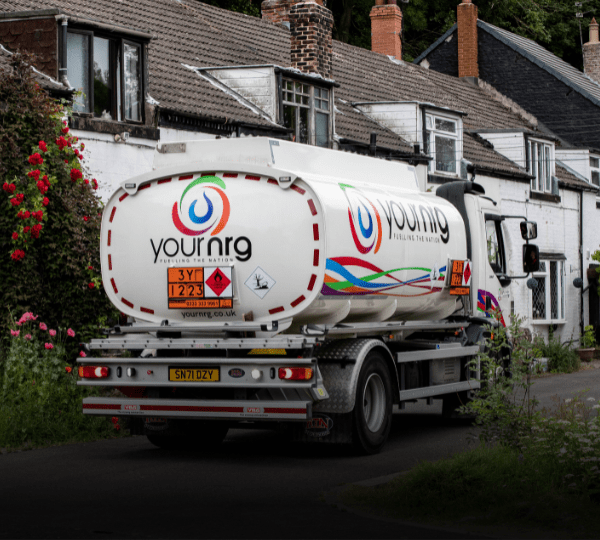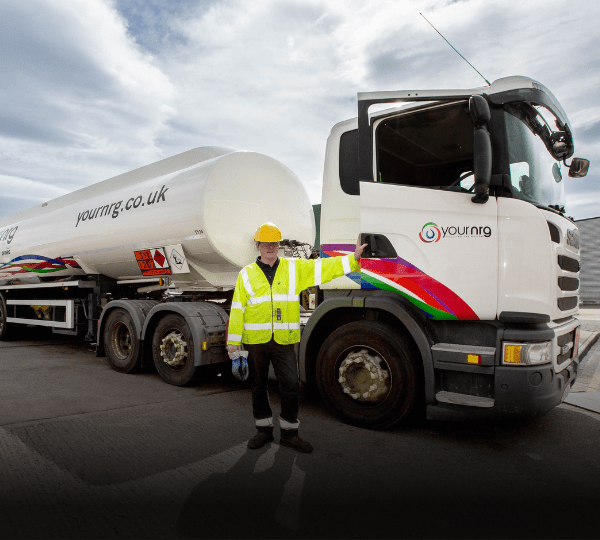As experts on all things kerosene, our customers often contact us with heating oil-related queries to gain essential and valuable advice. That’s why we’ve combined our knowledge and put together this helpful guide, to provide you with all of the information you need about kerosene regulations.
Where to get rid of kerosene
Whether you’re replacing your home heating oil or you’ve moved into a property with an old oil tank, you may need to dispose of kerosene. However, there are strict regulations about how to get rid of heating oil, especially with regards to environmental impact. As such, we recommend contacting your council’s waste disposal department for advice. Because home heating oil is classified as hazardous waste, it should never be poured down the drain and bottles should never be thrown in the bin. Instead, all kerosene should be taken to a local hazardous waste disposal facility where it can be disposed of safely.
How to clean up kerosene
A leaking oil tank can be detrimental to the environment, seeping oil onto land which can then end up in drains, streams and rivers. Checking your oil tank at regular intervals can help to prevent leaks, but if you do encounter a kerosene spill there are steps you should take to clean it up safely. Firstly, determine if the leak is classed as a minor or major spill. It can be classified as a minor spill if the leak has not spread, there are no nearby water supplies or ponds, and if the oil cannot be smelt indoors.
UK regulations state that homeowners can clear up minor spills, providing you feel confident to do so. For minor leaks, remove any oily oil and dispose of it correctly. Because of the health and environmental risks involved, only a specialist is permitted to clean up major spills. In the case of a major spill, contact your home insurance provider. They should appoint a specialist to inspect and clean up a spill. For more information about oil tank leaks, see the Gov.uk website.
Is the smell of kerosene harmful? Is it dangerous to smell kerosene?
Kerosene is considered to be toxic to inhale and can be fatal when ingested. According to guidance published by Public Health England, breathing in kerosene ‘may cause dizziness, drowsiness and headaches.’ While drinking kerosene ‘may lead to nausea, vomiting and abdominal pain’ and skin exposure can cause rashes.
However, because it’s a relatively clean burning fuel, kerosene has a low risk of carbon monoxide poisoning. It’s also considered to be a safe fuel for use indoors, as it has a low flash point (around 38°C), is less volatile than other types of fuel and is non-corrosive.
Why is it called 28 second oil?
Kerosene is also commonly referred to as paraffin, heating oil, 28 second oil or 28 second heating oil. The number 28 relates to the viscosity or thickness of kerosene. In the most simple terms, this means it takes 28 seconds for a measured amount of kerosene to pass through a hole.
At what temperature does fuel oil gel?
When fuel is exposed to colder temperatures it gradually becomes thicker and forms a waxy sludge. This process is referred to as oil gelling. While different types of fuels will gel at different temperature points, kerosene oil typically starts to gel and takes on a cloudy appearance at temperatures below 2°C.
Where do you put fuel additives?
When used in your home’s central heating system, kerosene additives should be placed directly into your oil tank. In terms of timing, we recommend that adding fuel additives to your tank prior to oil delivery. This is because it will ensure the additive mixes with your kerosene as it’s pumped into your oil tank.
How often should you use fuel additives?
We recommend using fuel additives each time you fill up your heating oil tank. This will make sure your oil tank remains clean, free from sludge and microbes, and that your central heating system continues to work efficiently. However, some additives only need to added under certain conditions. For example, anti-gelling additives should be used during colder months.
Speak to kerosene specialists at Your NRG
As specialists in heating fuel, we stock and supply a range of specialist kerosene additives, each designed to reduce maintenance and improve efficiency. This includes Blue Burn Premium Kerosene for domestic heating systems and Blue Burn Cooker Kerosene for range-cookers and AGAs. Want to know more about kerosene additives? Contact Your NRG for more information or get a quote online to benefit from affordable prices with no hidden fees.
